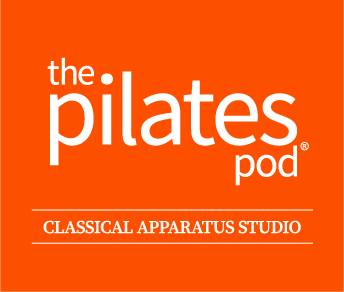
It’s said that over 80% of people will experience lower back pain at some point.
Some articles are even said to be almost “expected and common.”
According to doctors’ research, most people start noticing back pain between the ages of 40 and 60. Neck and back aches are just facts of life. It can range from a dull ache to a constant nag to something sudden and sharp.
We’ll explore some of the reasons you may have pain but before we do, remember that we are not medics. We are not here to diagnose you, so please follow our advice. If your back or neck pain is so severe that it’s debilitating and affecting your everyday life, check it out. Don’t do Pilates, don’t keep hitting the gym, don’t rest, don’t wait- get it checked out by a medic. We can happily recommend Chiropractors and Osteopaths who will treat you as a whole person and get you the help you need.
Understanding back pain- what causes it?
Sprains and Strains
A sprain is a twisted or torn ligament that can affect the tissue that connects the joint. (often things like “twisting your ankle.”
A strain is to the muscle when it’s overstretched or torn. You usually feel immediate sharp pain and reduced function of the muscle and may have bruising, swelling, or tenderness.
Discs issues
Back or neck pain often comes down to discs—the gel-like cushions that rest between the vertebrae (bones in the spine). They help maintain the natural curvature of your spine and allow your back to flex or bend. And most importantly, discs absorb shock as you walk or run.
As you age, the discs become narrower. They lose water and dry out, becoming less spongy and pliable. This rigidity does increase the risk of having a herniated disc (which, by the way, is the same as a slipped or bulging disc.)
A disc issue is not a problem on its own, only if you have pain associated with it… but that’s a whole other article!
Arthritis
Osteoarthritis is about the joints and the bones. In this “wear-and-tear” type of arthritis, people report back and neck pain as being an issue. That’s because the joints that connect the vertebrae are lined with a flexible elastic tissue called cartilage. When you age, the supportive cartilage fades away, and at the same time, the discs dry out (see above), which adds more pressure to the joints. This pressure causes inflammation in the joints and can lead to back or neck pain.
Cervical spondylosis – known as arthritis of the neck, is very common in those over 60.
Rheumatoid arthritis also affects the joints and can cause inflammation and pain, but this is due to an autoimmune system and not age.
Spinal stenosis
A narrowing of the spine in one or more areas causes pressure on the spinal cord or nerves, causing pain, numbness, or cramping.
Whatever the cause of your pain, it’s important to remember one thing. You are the person; you are not back pain!
Stay tuned for our next article and find out how to help yourself and get rid of back or neck pain!
